Immigration is governed by a patchwork of federal laws. Within the patchwork, one notable thread of law lies in the Illegal Immigration Reform and Immigrant Responsibility Act of 1996. The Act authorizes the Department of Homeland Security, Customs and Border Protection (CBP) programs, and Immigration and Customs Enforcement (ICE) to work in tandem with local agencies and law enforcement on deterrence and enforcement efforts. Like the now-discontinued Secure Communities program that encouraged information sharing between local police agencies and ICE, the law specifically authorizes ICE to work with local and federal partners to detain and deport removal-eligible immigrants from the country.
What are Sanctuary Policies?
As immigration has grown politically contentious, some towns and cities have enacted sanctuary policies to limit local agencies’ cooperation with federal immigration enforcement efforts. First emerging in the 1980s, with San Francisco becoming the first in the nation to pass a sanctuary law relating to immigration, these laws historically reduce and restrict local and federal coordination. Sanctuary city policies often rest on the following arguments:
- Federalism: Cities and states are not required to enforce federal law.
- Public Safety: Immigrants have less fear of interacting with law enforcement and are more likely to report crimes, cooperate, and serve as witnesses.
- Community Health: Immigrants can access basic public services like education and healthcare.
- The Local Economy: Less immigration enforcement cooperation increases economic benefits such as local income per capita, average wages, GDP, and employment rates.
In line with the Tenth Amendment, federalism emphasizes the federal government’s responsibility to enforce federal laws and reduces local and state cooperation to that end. Upheld in Printz v. United States and Murphy v. NCAA, the Supreme Court has frequently upheld this separation in landmark cases. With respect to immigrant violators of state or local crime, ICE can issue an “immigration detainer” requesting local officials to hold an individual for up to 48 hours beyond their normal release to allow time to secure their federal detention. However, local authorities do not have to honor this request when sanctuary policies are enacted.
Sanctuary policies layer protections on immigrants in interactions with law enforcement regardless of documentation status. Many sanctuary policies prevent police from asking or sharing information regarding immigration status, which advocates say allows immigrants to contact 911 without hesitation in the event of an emergency. Police agencies also argue that these sanctuary policies are essential in encouraging crime reporting and cooperation in case building.
Protections also extend to immigrants’ access to public services, such as public schools and medical care. The Supreme Court’s ruling in Plyler v. Doe in 1982 paved the way for legislation implementing these protections, as it held that states cannot prevent the children of undocumented immigrants from attending public schools except in cases of potential threat to state interests. Now, states with sanctuary cities like California can prohibit public schools from making immigration status inquiries.
By increasing immigrants’ geographic security through these protections, sanctuary cities also see a boost in economic activity. In fact, one study at Oregon State University found a correlation between “overall per capita income, wages, GDP, and total employment” and the degree of protection for immigrants under sanctuary policies. Although unable to receive public benefits, many undocumented immigrants also pay taxes and boost local revenues, contributing 37.3 billion dollars towards state and local funds. Also in 2022, immigrants paid 96.7 billion dollars in taxes, of which 59.4 billion dollars was allocated to the federal government.
Opponents of Sanctuary Policies
Sanctuary policies also have their opponents. They argue that such policies undermine:
- The Rule of Law: Sanctuary cities challenge federal prerogatives over immigration enforcement.
- Public Safety: Law enforcement has to release individuals who have committed a crime back into the community despite their pending immigration status.
- The Effectiveness of Immigration Enforcement: Sanctuary laws create a culture of hostility towards federal law and slow down the work of immigration authorities.
- Public Budgets: Jurisdictions spend taxpayer dollars to provide services to undocumented immigrants.
While sanctuary laws are constitutional under the principle of federalism, opponents argue theycontribute to a legal “nullification crisis.” They argue the federal government has exclusive jurisdiction over immigration, and states and localities lack the authority to set immigration policy. They point to one federal law that prohibits any level of government from preventing the sharing of immigration status with the federal government. Critics argue that sanctuary laws that prohibit information sharing violate this exclusive federal jurisdiction.
Opponents have also raised concerns about the undocumented immigrants accused, charged, or convicted of committing crimes. In some cases, local police in sanctuary cities might release rather than detain these individuals, potentially facilitating the continuation of their crimes. In 2015, Juan Francisco Lopez-Sanchez, an undocumented immigrant, shot and killed Kathryn Steinle in San Francisco. Even after facing several felonies and deportations, local officials still declined to honor the ICE detainer request. Even so, many sanctuary laws also include exceptions for serious and violent crimes.
Sanctuary laws also hinder the work of immigration enforcement. Even if ICE does not utilize local facilities, they can foster a culture of hostility towards ICE operations and reduce effectiveness. In 2018, Mayor Libby Schaaf of Oakland tweeted a warning to immigrants of ICE activity in the city. ICE respondedby criticizing Schaaf’s action as endangering agents and allowing targets to avoid arrest.
Despite economic benefits to the greater city, critics argue that undocumented immigrants place a fiscal burden on local jurisdictions. From public education to medical services, Fair reported that illegal immigration had accrued a net cost of 150.7 billion dollars to United States taxpayers by 2023. In Tennessee, educating undocumented students costs the state 3.9 million dollars annually, and in Florida, two billion dollars are spent providing education and healthcare to undocumented immigrants. Even with the current cost of the undocumented migrant crisis in New York City, research estimates its five billion dollar cost for the two years will double in 2025.
Conclusion
The divide between federal, state, and local governments over immigration enforcement is a contentious and unresolved issue. Despite sanctuary cities’ laws and disputed net gains, the conflict ultimately boils down to a legal debate over federal and state jurisdiction. In lieu of an answer, President Trump signed an executive order in February 2025 to end federal funding for sanctuary cities, kicking off a storm of reactionary lawsuits which may yield a settlement.
The Sanctuary City Debate: Understanding Federal-Local Divide in Immigration Enforcement was originally published by the Alliance for Citizen Engagement and is republished with permission.
Jack Guan is an undergraduate student at UC Berkeley, double majoring in American Studies and Political Science in addition to double minoring in Political Economy and Public Policy.


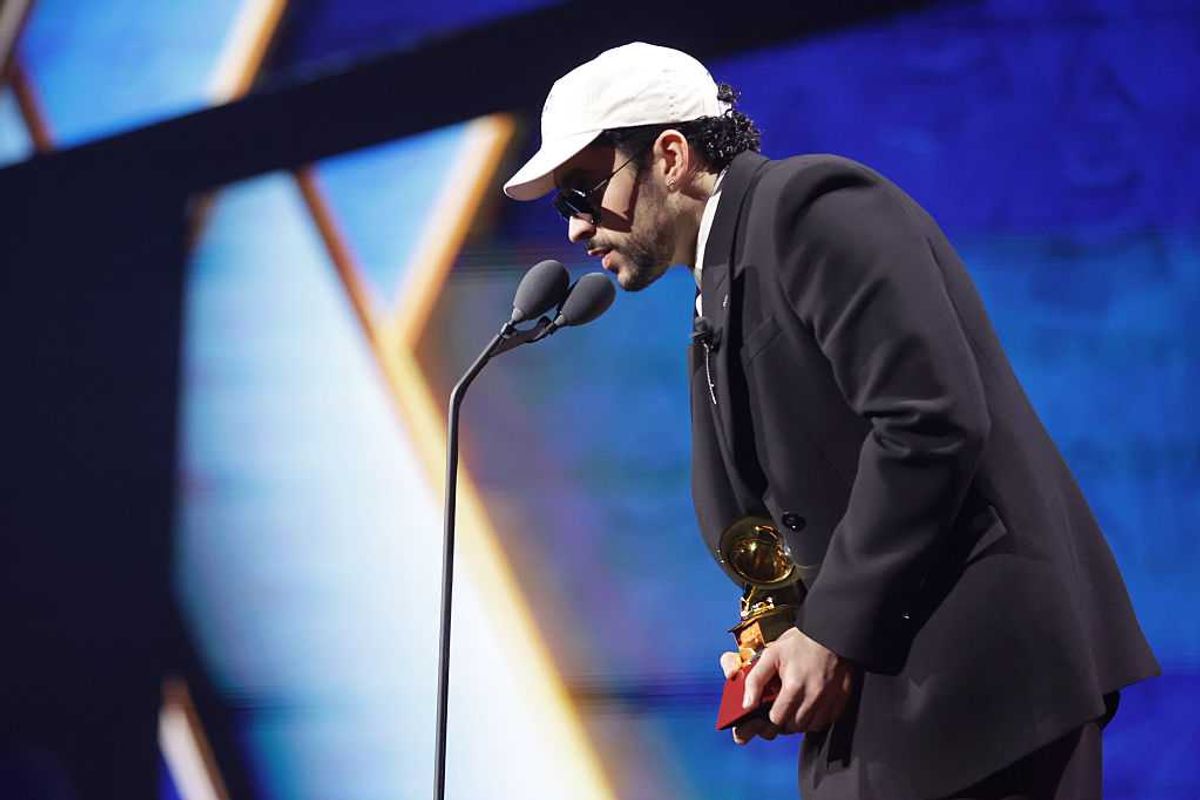

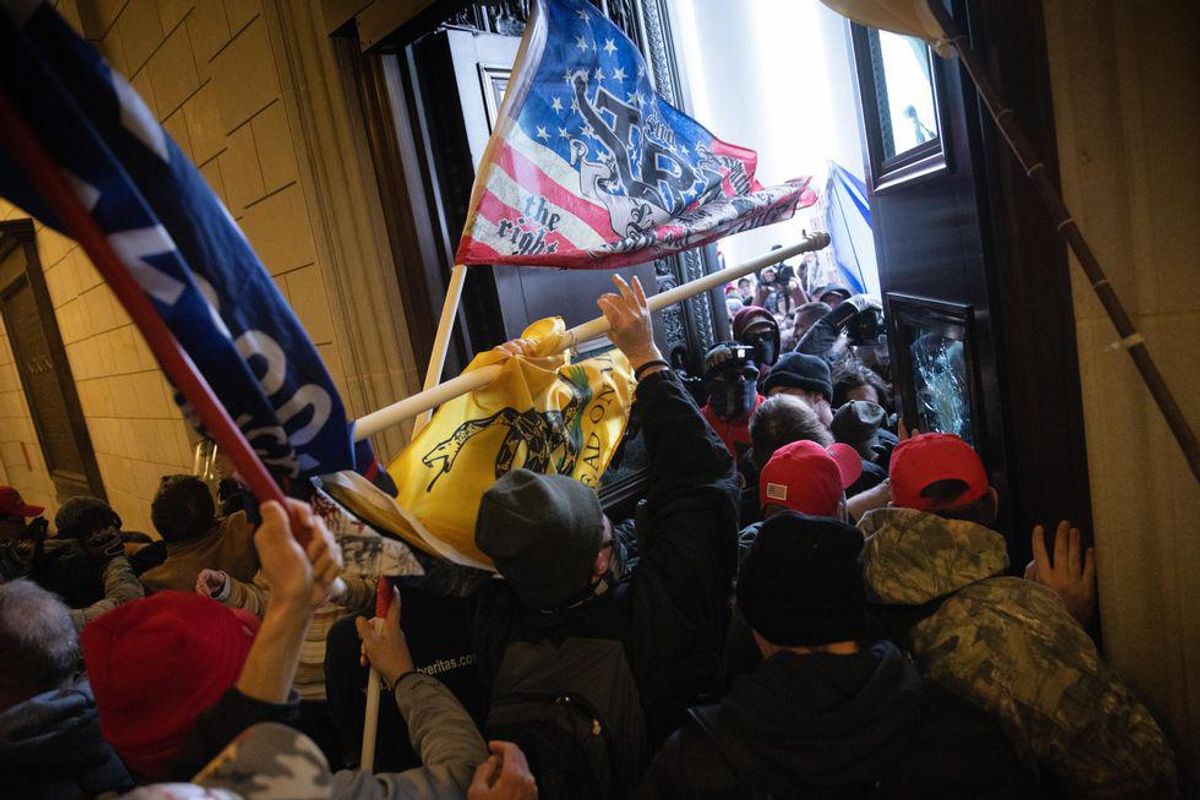
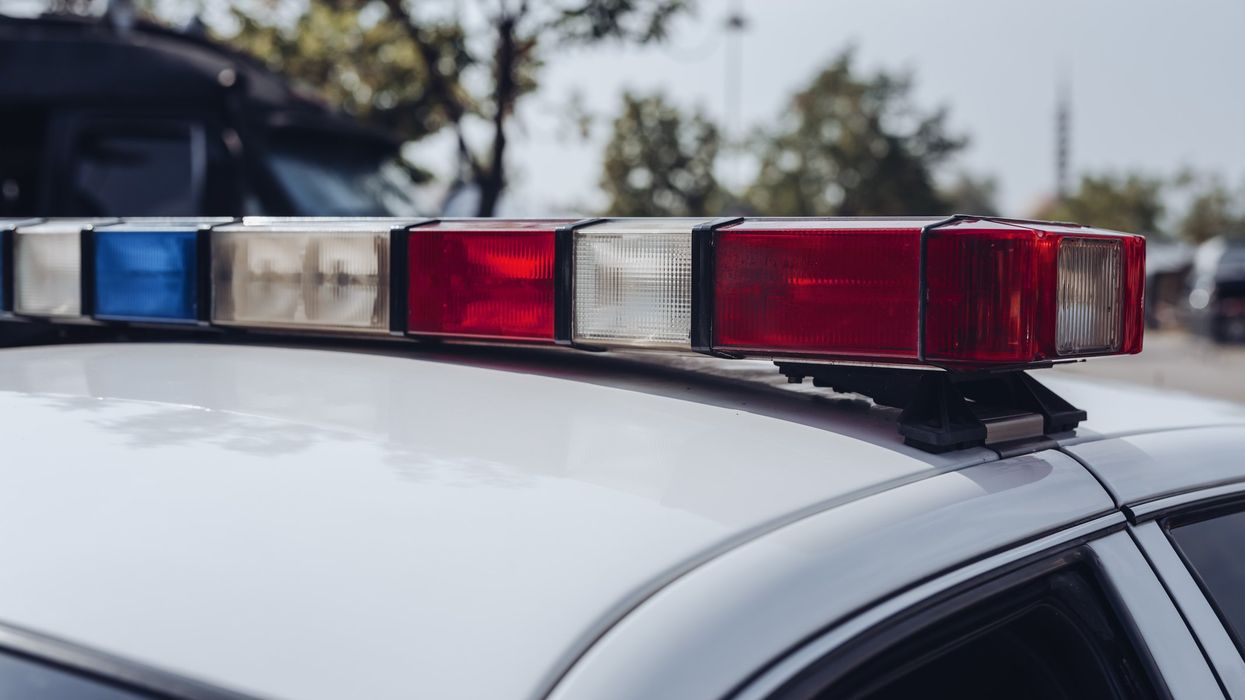


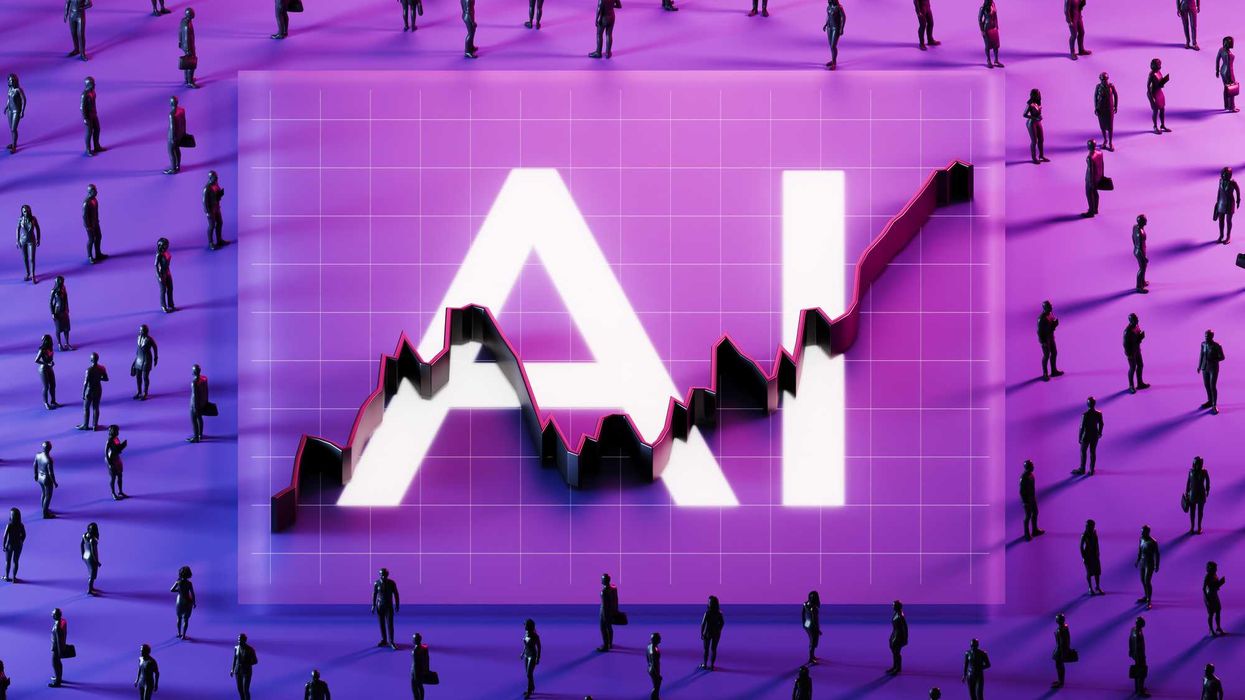
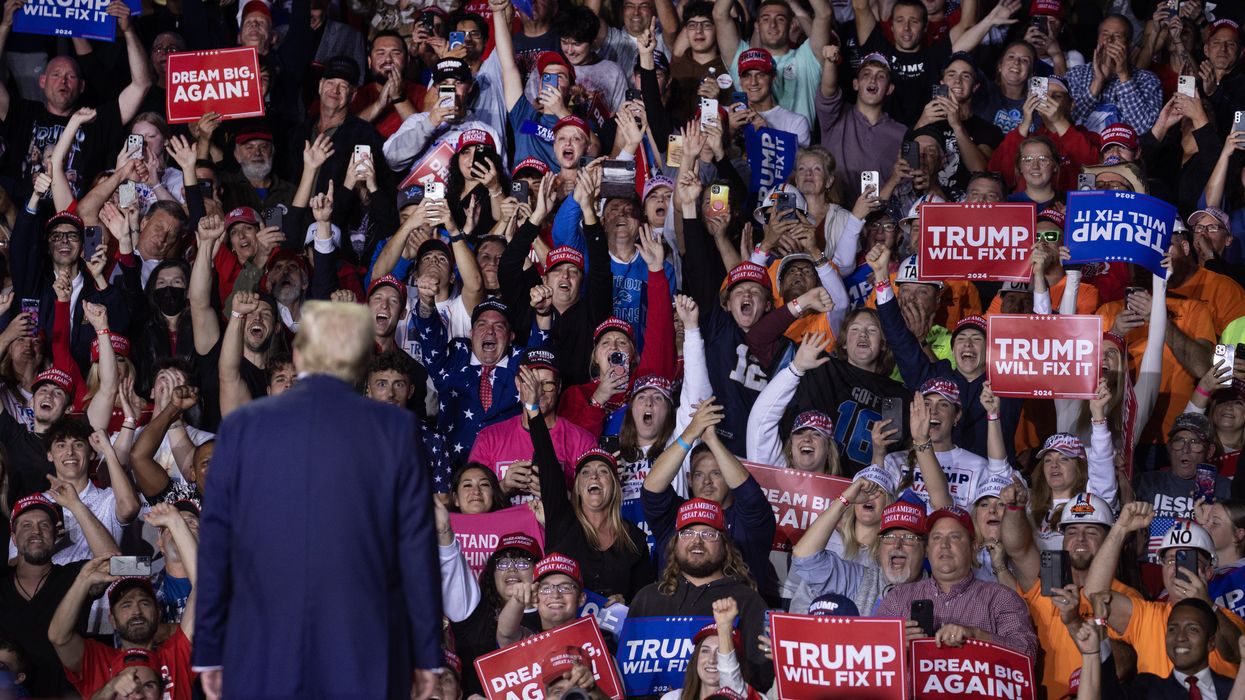
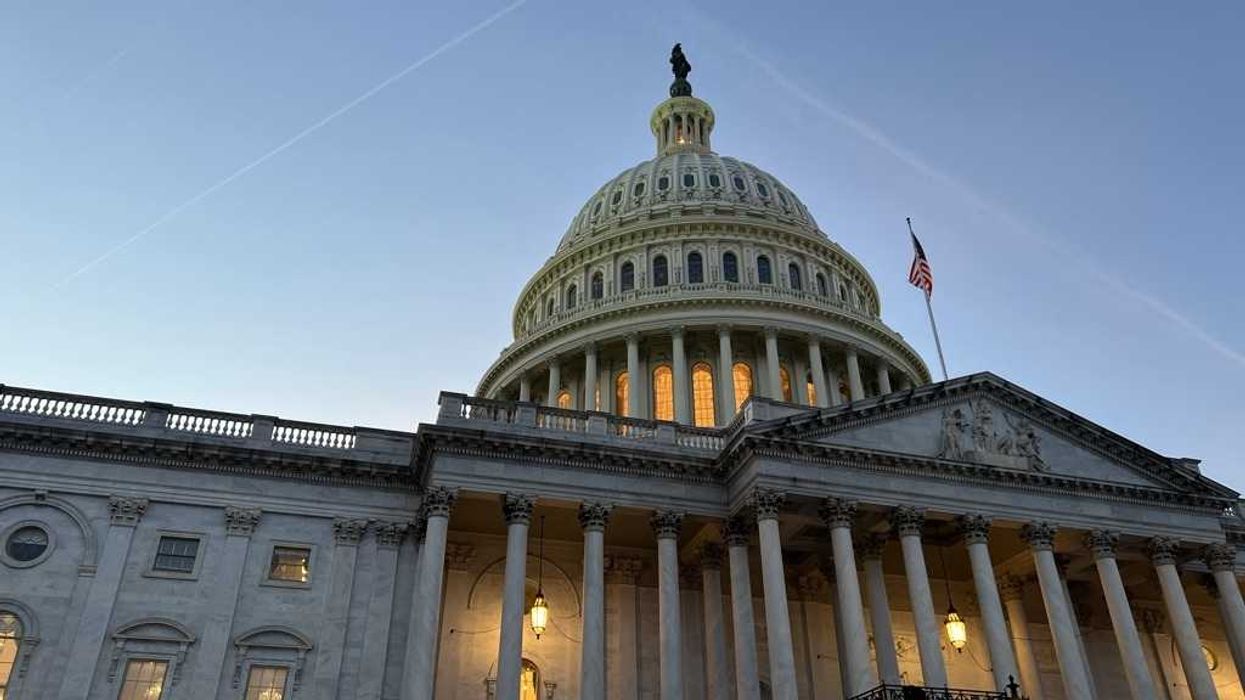









 Protest signs and resource information posters were hung up around a resource tent in Broadview, Illinois. Credit: Britton Struthers-Lugo, Oct. 30, 2025.
Protest signs and resource information posters were hung up around a resource tent in Broadview, Illinois. Credit: Britton Struthers-Lugo, Oct. 30, 2025. Rubber bullet wounds on Bryan’s back, after a day of protesting at the Broadview ICE facility in mid-September. He wears hospital scrubs, acquired after receiving medical attention following the pepper-spray incident earlier in the day. He returned to protest after being discharged from the hospital.Credit: Adriano Kalin (@adriano_kalin).
Rubber bullet wounds on Bryan’s back, after a day of protesting at the Broadview ICE facility in mid-September. He wears hospital scrubs, acquired after receiving medical attention following the pepper-spray incident earlier in the day. He returned to protest after being discharged from the hospital.Credit: Adriano Kalin (@adriano_kalin). ICE officers gathered outside the Broadview detention center. Yellow identifying badges can be seen on the front of their uniforms and on their shoulders. Credit: Britton Struthers-Lugo, Oct. 30, 2025.
ICE officers gathered outside the Broadview detention center. Yellow identifying badges can be seen on the front of their uniforms and on their shoulders. Credit: Britton Struthers-Lugo, Oct. 30, 2025. Screengrab from the Chicago Council of Lawyers. Designed by
Screengrab from the Chicago Council of Lawyers. Designed by  A white bus waits outside the Broadview Detention Center to transport detainees to a permanent detention center or to an airport. The Broadview Detention Center cannot hold detainees for longer than 12 hours, though to reflect increased enforcement operations this has been increased to 72 hours. Longer stays have been recorded since Operation Midway Blitz. Credit: By Britton Struthers-Lugo, Oct. 30, 2025.
A white bus waits outside the Broadview Detention Center to transport detainees to a permanent detention center or to an airport. The Broadview Detention Center cannot hold detainees for longer than 12 hours, though to reflect increased enforcement operations this has been increased to 72 hours. Longer stays have been recorded since Operation Midway Blitz. Credit: By Britton Struthers-Lugo, Oct. 30, 2025. A paper outlining resources and ways to report federal law enforcement activity around Chicago hangs on a gate in the protestor “free speech zone”.Credit: Britton Struthers-Lugo. Oct. 30, 2025.
A paper outlining resources and ways to report federal law enforcement activity around Chicago hangs on a gate in the protestor “free speech zone”.Credit: Britton Struthers-Lugo. Oct. 30, 2025.